September 9, 2024
Exit Interview
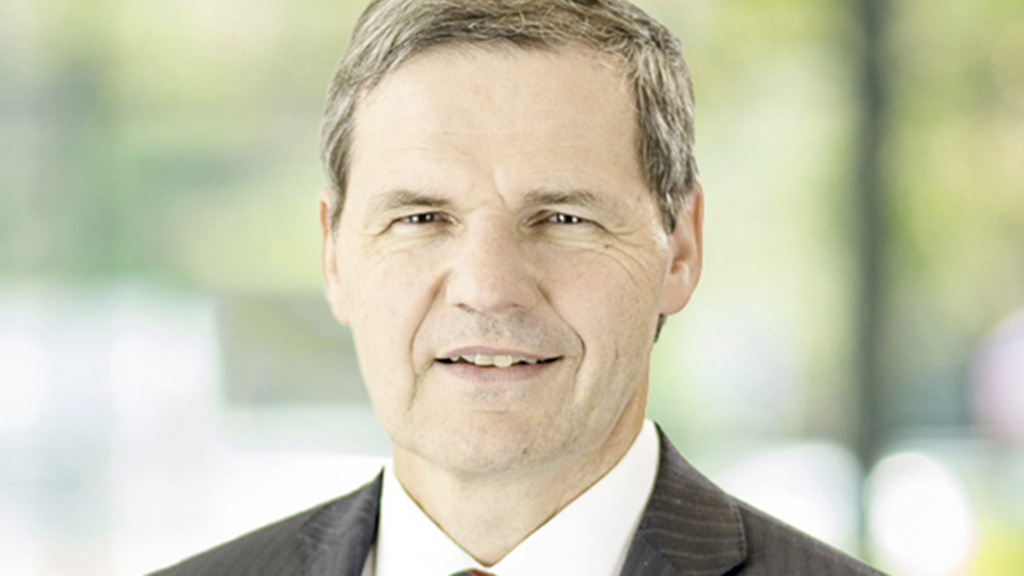
Departing at year-end, the 28-year CEO looks back on creating new services and thought leadership; ‘I had a couple of early wins’.
August 5, 2024
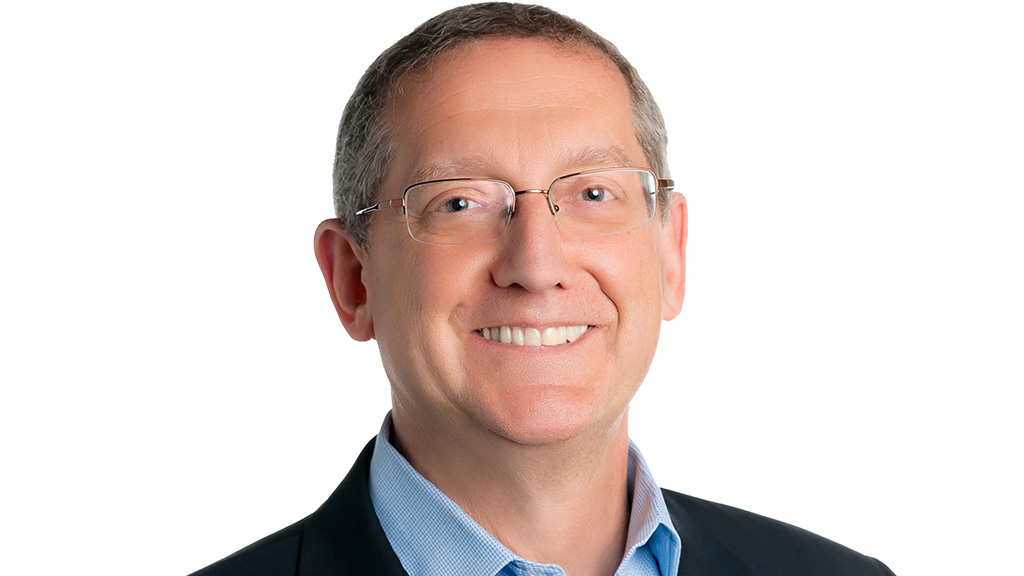
Leader for nearly a quarter century has presided over international growth, greater diversity in membership and member categories
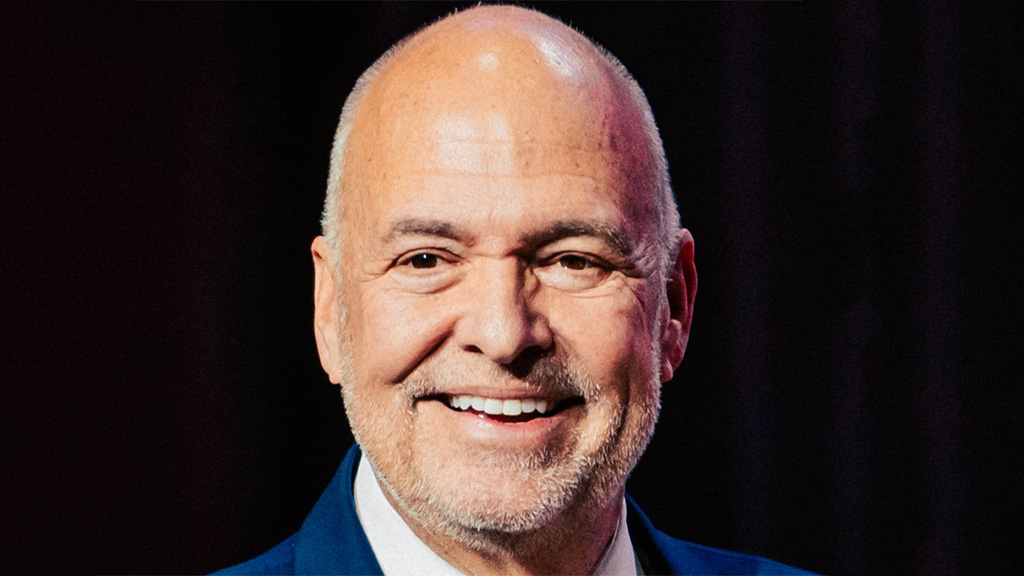
American Bus Association CEO since 1996 to retire in September; helped triple size of group, created representative councils.
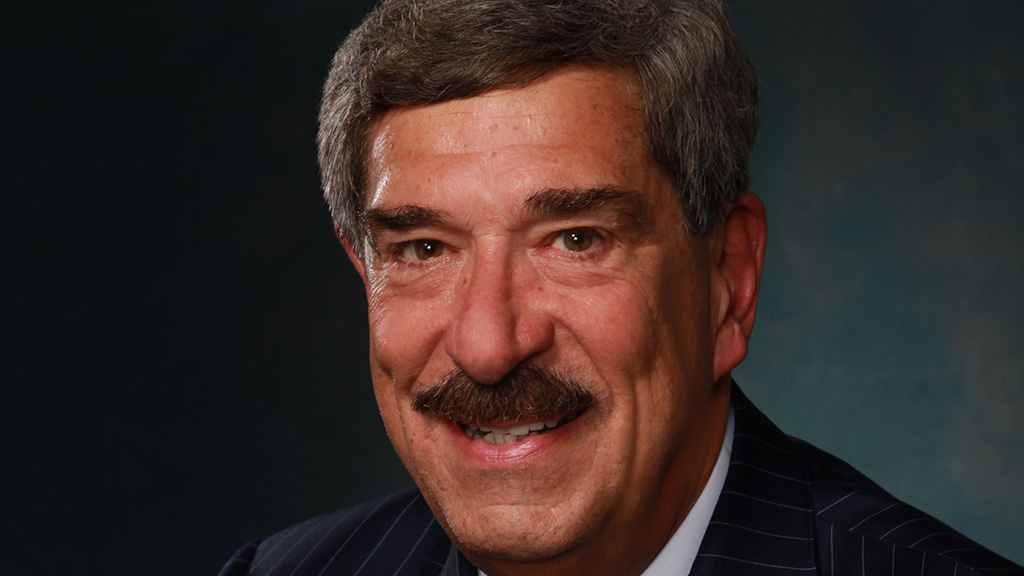
NASBA’s leader went from busting drug dealers to boosting bean counters.
April 15, 2024
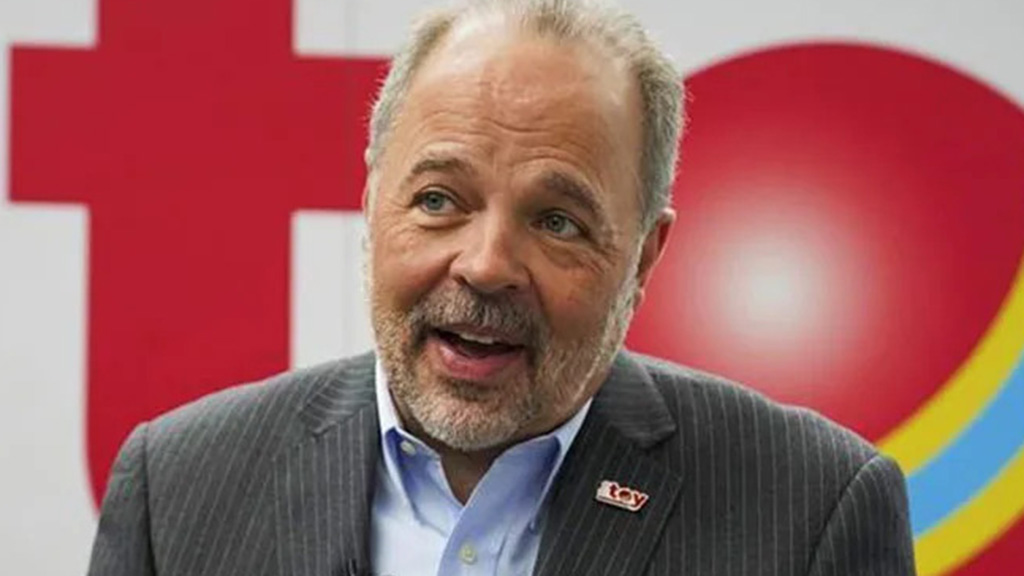
Steve Pasierb leaned on communication skills and nimbleness as CEO of toy industry group.
March 28, 2024
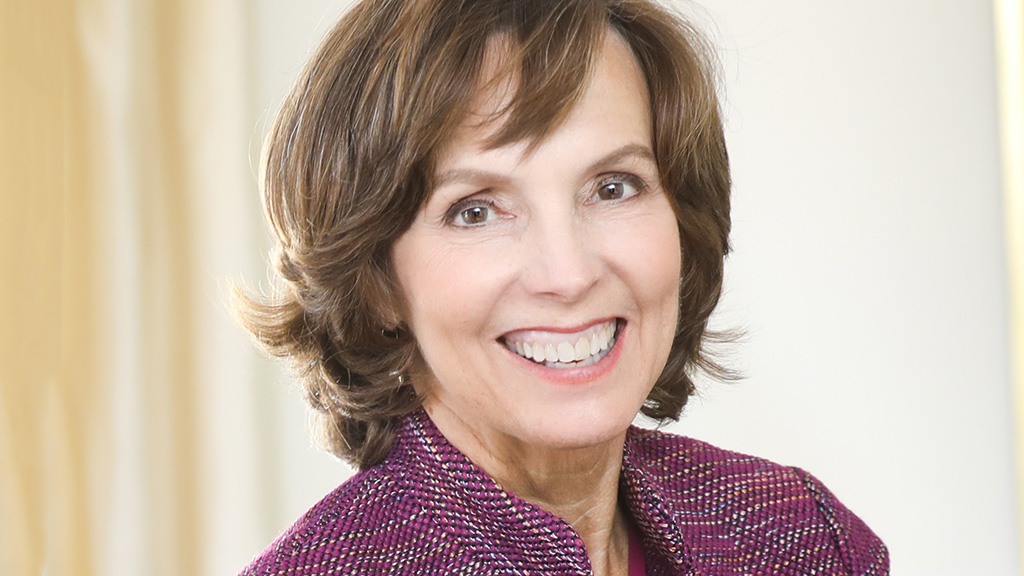
Veteran association and government leader, who plans to retire this year, says groups should be at forefront of solutions for society.

Receivables Management Association International executive director reflects on her accomplishments
